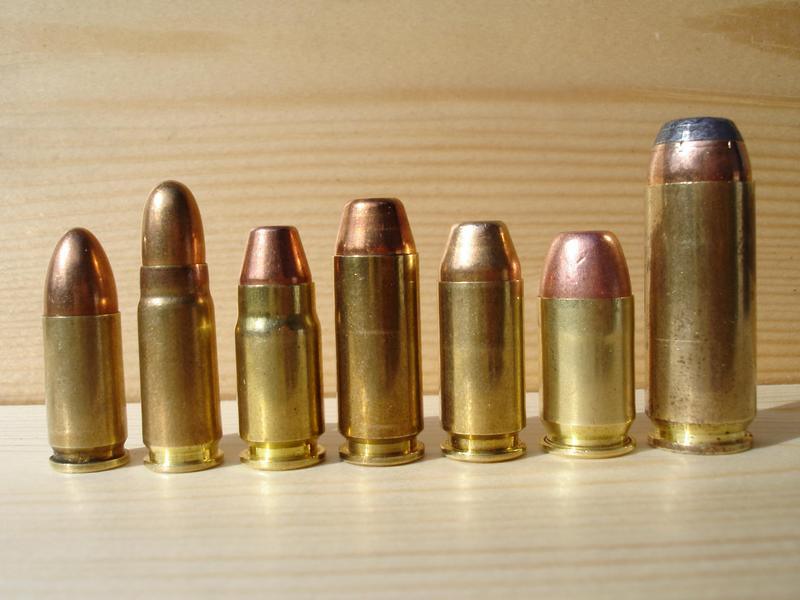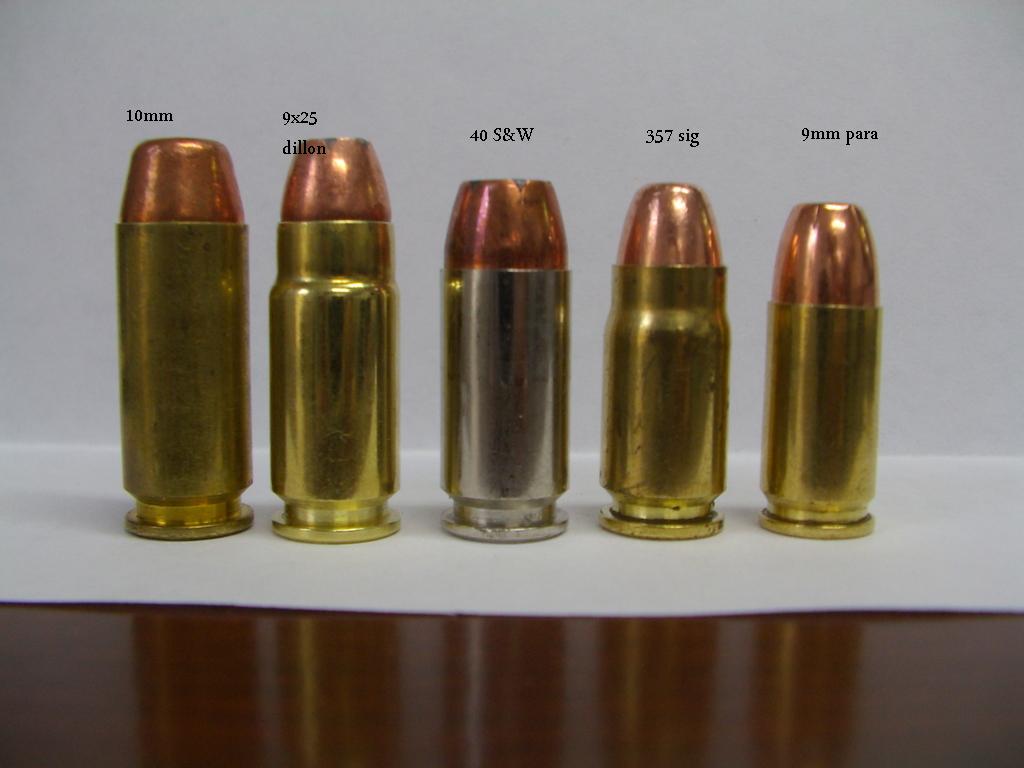

This light 3-inch-barrel pistol impressed one of our raters, a Browning Hi-Power fan. (Compact purpose-designed 9mms such as the light Para Ordnance and the Springfield EMP cannot be converted to 38 Super.) And one was not an original 9mm at all, but a lashup.

The pistols tested, however, contradicted this impression. The 9mm Luger overall has the reputation of being the less reliable 1911 caliber. Modern purpose-designed 9mm Luger pistols are more reliable than ever before, but just the same, this impression of the 9mm carries forth in competition. Modern magazines, such as the Wilson Combat ETM, are more reliable. Full-size 9mm lashups used a magazine with a block in the rear to facilitate using the shorter 9mm cartridge. The 9mm has a reputation for occasional tie-ups. Most often, the extractor doesn’t have to be tuned to the 9mm, but sometimes it does. If you contemplate this match up, begin with a Super and your life will be easier. It isn’t simply switching a barrel and magazines. This is an important point when you are wishing to do a conversion, such as the 38 Super for power and the 9mm for economy. The 9mm Luger breechface usually measures about. Colt already had the 38 Super going, so the 9mm wasn’t a stretch at all. Many of you like the idea of a single pistol chambered for one cartridge, but capable of using another with a simple barrel change. Some modern shooters feel that with +P+ ammunition, the 9mm is as good a choice as the 38 Super. The 9mm Luger is an especially popular understudy to the larger calibers. While some might say why not simply choose a Browning Hi-Power or a CZ 75, neither has the smooth trigger action of the 1911. The good attributes of the 1911, including a low bore axis, straight-to-the-rear trigger compression, and good hand fit are accentuated when the 1911 is chambered for a mild cartridge. Some feel that the 9mm Luger is an appropriate choice for personal defense when loaded to the maximum. That is the bottom line when chambering the Colt 1911 for this cartridge.ĩmm Luger ammunition is readily available, inexpensive compared to the other calibers, light in recoil, and especially economical when handloaded. Thus was born the most popular handgun cartridge in the world.

When there was a move for greater wound potential - called the less politically correct killing power circa 1900 - the 30 Luger cartridge was blown out into a more or less straight-walled 9mm with a remaining taper. Let’s take a look at the 9mm Luger, 38 ACP Super, and 10mm and how they perform in the 1911 platform - and what loads we recommend.Īt one time it was thought a self-loading pistol cartridge had to be bottlenecked to feed properly. Without the history you may not understand the dynamics of each cartridge and why they were designed to perform as they do or why the individual cartridge is popular, even though other cartridges may be more powerful. We are going to give you the lowdown on performance with a bit of history in the mix. The true history of each cartridge is a little different and more involved than usually narrated in the popular press. The advantage may be in ease of control or in penetration.

They offer some advantages over the 45 ACP, real or perceived, practical or even legal, to one extent or the other. They offer alternatives to interest those who may not have purchased a 1911 otherwise. These cartridges were chambered in the Colt 1911 to sell pistols. The three cartridges discussed in this feature are not the results of careful experimentation and development - as was the 45 ACP rather, they are the result of a response to marketing and commercial interests. There are some cartridges too popular to ignore, and others that are chosen by simple necessity and practicality. No matter what one man may think is the ideal handgun cartridge, there is always another opinion.


 0 kommentar(er)
0 kommentar(er)
